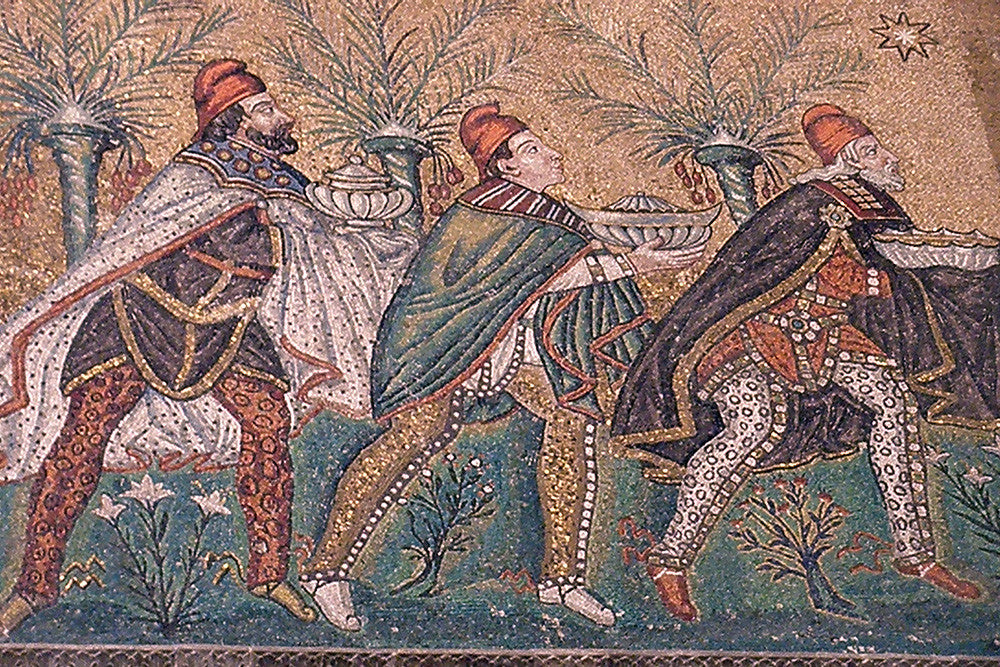Some believe that Azes II, ruler of the Indo-Scythian Kingdom during the second half of the 1st century BC, could have been one of the three Magi who brought gold, frankincense, and myrrh, as he was a contemporary of Jesus Christ and originally from the East. This belief is largely due to the existence of numerous numismatic sequences and inscriptions in which the king appears on horseback, with his arm raised, as if following something, perhaps the star of Bethlehem.
This possibility does not quite coincide with the Christian literary and iconographic tradition of the first centuries after our era, when it was believed that the Magi who visited Jesus Christ in the manger came from the East, but not from the Indo-Scythian Kingdom, but from Persia (present-day Iran).
Between history and legend
Likewise, the fact that these Magi followed a star led early scholars of Christianity to conclude that they were also astrologers, as this was a science widely practiced among Eastern scholars.
The fact that these Magi came to be considered kings may have been the result of popular imagination, but the fact is that it was Saint Caesarius of Arles who first called them this, back in the 6th century. In fact, ancient paintings in the Catacombs depict them without royal symbols, and Saint Matthew also said nothing about their supposed royalty.

